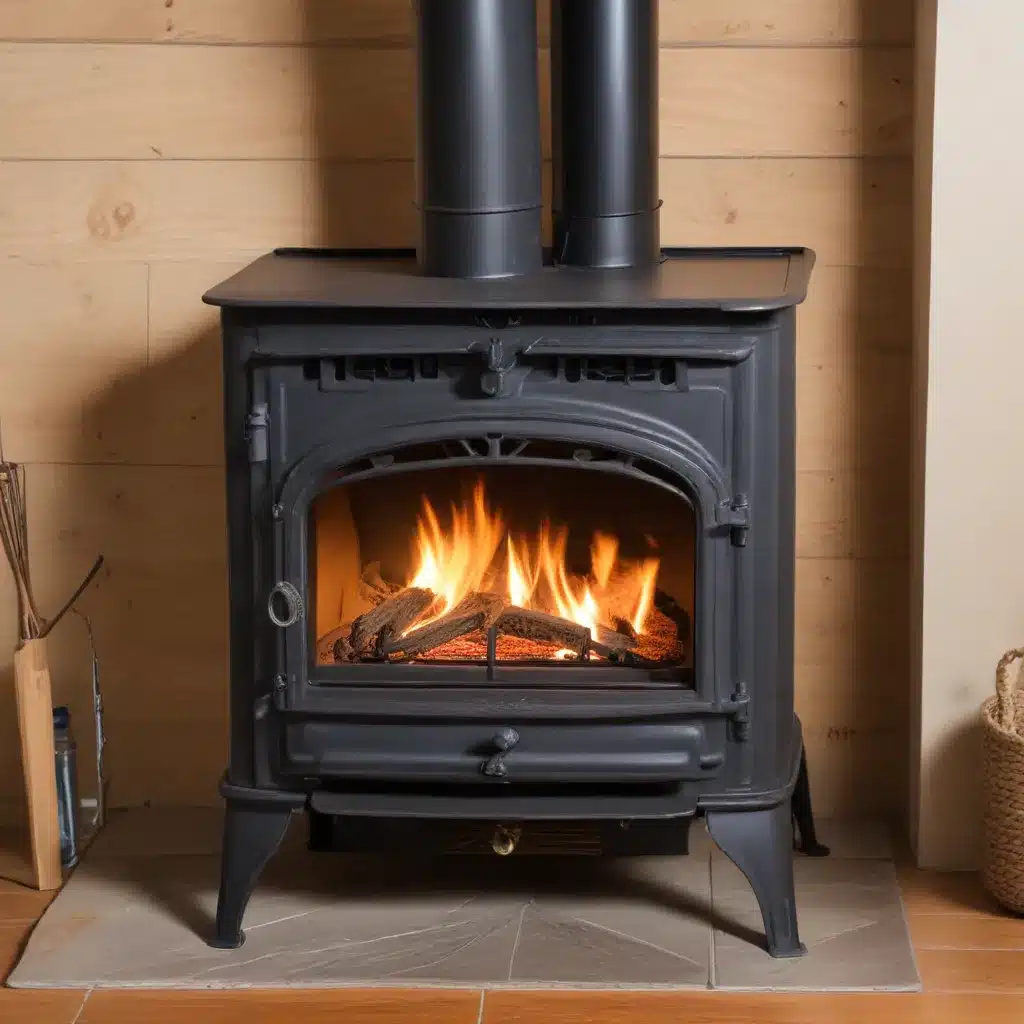
Mastering Wood Stove Efficiency and Customization
As a seasoned expert in the world of wood stoves and heating solutions, I’m excited to share a comprehensive guide on unlocking the full potential of your wood stove through DIY modifications. Whether you’re looking to improve energy efficiency, enhance performance, or tailor your stove to your unique needs, this article will provide you with practical tips and in-depth insights to transform your wood-burning experience.
Understanding the Basics of Wood Stove Efficiency
Before we dive into the specific modifications, it’s crucial to understand the key factors that contribute to wood stove efficiency. Proper air flow, fuel management, and heat distribution are the cornerstones of an efficient wood-burning system. By addressing these areas, you can maximize the heat output, minimize fuel consumption, and ensure a safer, more comfortable heating experience.
One of the primary areas to focus on is the air intake system. Ensuring adequate and controlled air flow is essential for complete combustion, which in turn enhances efficiency and reduces emissions. Modifying the air vents, installing baffles, or upgrading to a more advanced air regulation system can make a significant difference in your stove’s performance.
Additionally, fuel selection and management play a crucial role. Choosing the right wood species, properly seasoning the fuel, and optimizing the loading and stoking process can dramatically improve the overall efficiency of your wood stove. Experimenting with different techniques and monitoring the results can help you fine-tune your approach.
DIY Modifications for Enhanced Efficiency
Now, let’s dive into the specific DIY modifications you can implement to unlock the full potential of your wood stove:
1. Upgrading the Air Intake System
One of the most impactful modifications you can make is to the air intake system. This includes:
-
Adjustable Air Vents: Install high-quality, adjustable air vents that allow you to precisely control the amount of air entering the stove. This enables you to fine-tune the combustion process for optimal efficiency.
-
Secondary Air Injection: Incorporate a secondary air injection system that introduces pre-heated air above the fuel bed, promoting complete combustion and reducing emissions.
-
Automated Air Regulation: Explore the possibility of implementing an automated air regulation system that uses sensors and electronic controls to automatically adjust the air flow based on the stove’s performance and your heating needs.
2. Improving Heat Distribution
Ensuring efficient heat distribution is crucial for maximizing the warmth and comfort in your living space. Consider the following modifications:
-
Heat Exchangers: Install heat exchangers within the stove or the exhaust system to capture and redirect the heat, increasing the overall heat output and reducing heat loss.
-
Convection Fans: Integrate high-efficiency convection fans that circulate the warm air throughout the room, enhancing the heat transfer and ensuring a more even temperature distribution.
-
Thermal Mass Storage: Explore the possibility of incorporating thermal mass storage, such as masonry or soapstone, into your stove design. This allows the stove to absorb and slowly release heat, providing a more consistent and prolonged heating effect.
3. Optimizing Fuel Management
Proper fuel management is essential for maximizing the efficiency and performance of your wood stove. Consider the following modifications:
-
Automated Stoking: Investigate the feasibility of implementing an automated stoking system that periodically adds fuel to the fire, maintaining a consistent heat output and reducing the need for manual intervention.
-
Moisture Monitoring: Integrate a moisture sensor or meter into your stove setup to monitor the moisture content of the wood fuel. This ensures you are using properly seasoned wood, which is crucial for efficient combustion.
-
Fuel Loading Techniques: Experiment with different fuel loading techniques, such as the top-down or the cross-stacking method, to optimize air flow, burn time, and heat output.
4. Enhancing Safety and Control
Prioritizing safety and control is paramount when working with wood stoves. Consider the following modifications:
-
Integrated Safety Sensors: Incorporate sensors that monitor critical parameters, such as temperature, CO levels, and smoke, and automatically trigger safety shut-off mechanisms in case of any anomalies.
-
Remote Control and Monitoring: Explore the possibility of integrating a remote control system that allows you to adjust settings, monitor performance, and receive alerts from the comfort of your home.
-
Insulation and Heat Shielding: Enhance the insulation and heat shielding around your stove to minimize the risk of fire hazards and ensure a safe, comfortable heating environment.
5. Improving Maintenance and Longevity
To maintain the optimal performance and extend the lifespan of your wood stove, consider the following modifications:
-
Automated Cleaning Systems: Integrate an automated cleaning system that periodically removes ash and soot buildup, reducing the need for manual maintenance and ensuring consistent efficiency.
-
Preventive Maintenance Indicators: Incorporate indicators or alerts that notify you when it’s time to perform routine maintenance, such as chimney cleaning or component inspections.
-
Modular Design: Explore the possibility of a modular stove design that allows for easy replacement of individual components, simplifying maintenance and upgrades over time.
Putting It All Together: A Customized Wood Stove Solution
By implementing these DIY modifications, you can unlock the full potential of your wood stove and create a customized heating solution tailored to your specific needs and preferences. Remember, every wood stove and home environment is unique, so it’s essential to carefully assess your requirements, local regulations, and safety considerations before undertaking any modifications.
To get started, I recommend visiting the https://woodstoveheaters.com/ website, where you can find a wealth of resources, expert guidance, and even a wide selection of wood stove models and accessories to support your DIY journey. With the right information and a bit of hands-on tinkering, you can transform your wood stove into a highly efficient, customized heating system that will provide warmth, comfort, and energy savings for years to come.


